Home>Home Appliances>Laundry Appliances>What Is The Standard Washing Machine Size
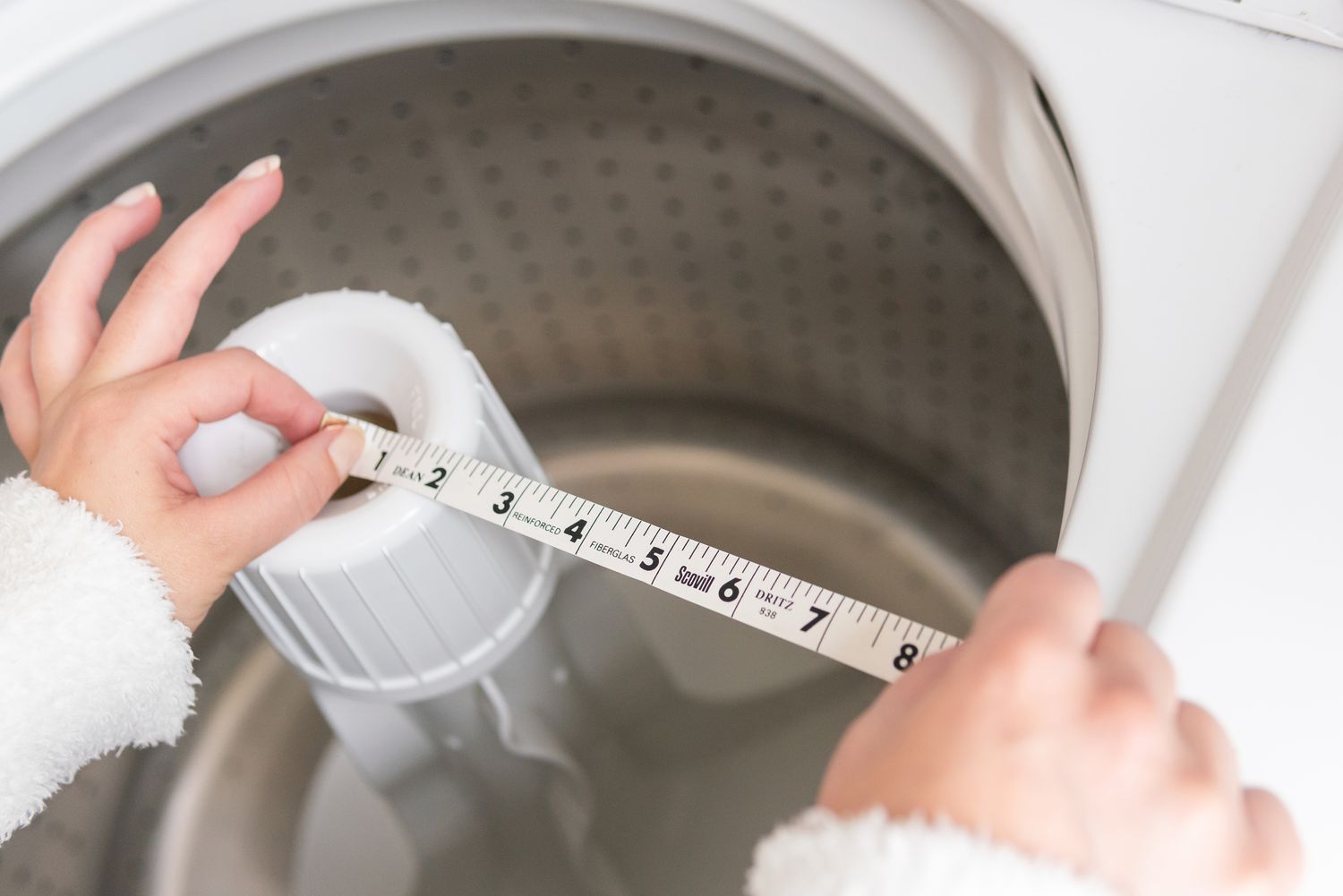

Laundry Appliances
What Is The Standard Washing Machine Size
Published: February 20, 2024
Discover the standard washing machine size and dimensions for your laundry appliances. Find the perfect fit for your home with our comprehensive guide.
(Many of the links in this article redirect to a specific reviewed product. Your purchase of these products through affiliate links helps to generate commission for Storables.com, at no extra cost. Learn more)
Introduction
When it comes to choosing a washing machine, size matters. The dimensions of a washing machine can significantly impact its functionality and suitability for your living space. Understanding the standard sizes of washing machines is crucial for making an informed decision that aligns with your specific needs and constraints.
In this comprehensive guide, we will delve into the standard sizes of different types of washing machines, including front-loading, top-loading, and compact models. By exploring the dimensions and capacity of each type, you will gain valuable insights into selecting the ideal washing machine size for your home.
Understanding the standard washing machine sizes is not only essential for ensuring a proper fit in your laundry area but also for optimizing the appliance's performance. Whether you are renovating your laundry room, moving into a new home, or simply upgrading your washing machine, this guide will equip you with the knowledge needed to make a well-informed decision.
Let's embark on a journey through the world of washing machine sizes, where we will unravel the dimensions, capacity, and key considerations that will empower you to choose the perfect washing machine for your household.
Key Takeaways:
- Choose a washing machine size that fits your space and laundry needs. Consider dimensions, capacity, and installation requirements for a seamless integration into your home.
- Whether it’s a front-loading, top-loading, or compact washer, understanding the size and considering your household’s future needs will ensure a well-informed decision for a harmonious laundry experience.
Read more: What Size Washer For King Size Comforter
Front-Loading Washing Machine Size
Front-loading washing machines have gained immense popularity due to their efficient performance and space-saving design. When considering the size of a front-loading washing machine, it's essential to focus on both the physical dimensions and the internal capacity.
Dimensions
Standard front-loading washing machines typically have a width of 27 inches, a height of 36 inches, and a depth of 30 inches. However, it's important to note that these dimensions can vary slightly depending on the specific model and manufacturer. Some compact front-loading washers are designed with smaller dimensions to accommodate tight spaces, making them ideal for apartments, condos, or small laundry rooms.
Capacity
The capacity of a front-loading washing machine is measured in cubic feet and determines the amount of laundry it can effectively handle in a single cycle. Standard models usually offer a capacity ranging from 4.2 to 5.8 cubic feet. Larger capacity washers are suitable for families with heavy laundry loads, while smaller capacity models are more suitable for individuals or small households.
Considerations
When assessing the size of a front-loading washing machine, it's crucial to consider the available space in your laundry area. Ensure that there is sufficient clearance for the washer's door to open and for easy access to the detergent dispenser and the drum. Additionally, consider the installation requirements, such as ventilation and water connections, to ensure a seamless integration into your laundry space.
Front-loading washing machines are known for their stackable design, allowing them to be paired with a compatible dryer to maximize vertical space. If you plan to stack your washer and dryer, make sure to account for the combined height and the necessary clearance to facilitate easy loading and unloading.
In summary, the size of a front-loading washing machine encompasses both its physical dimensions and internal capacity. By understanding these aspects and considering your specific space and laundry needs, you can confidently select a front-loading washer that harmonizes with your lifestyle and living space.
Top-Loading Washing Machine Size
Top-loading washing machines have long been a staple in households, offering convenience and a traditional laundry experience. Understanding the size specifications of these washers is essential for ensuring a seamless fit in your laundry area and optimizing their functionality.
Dimensions
Standard top-loading washing machines typically have a width of 27 inches, a height of 42 inches, and a depth of 27 inches. These dimensions provide a general guideline, but variations may exist based on the specific model and manufacturer. It's important to note that top-loading washers are known for their vertical orientation, which can influence the clearance required above the machine for the lid to open fully.
Capacity
The capacity of a top-loading washing machine is measured in cubic feet and determines the volume of laundry it can accommodate per cycle. Standard models offer a capacity ranging from 3.5 to 5.5 cubic feet. Larger capacity washers are suitable for families with substantial laundry needs, while smaller capacity models are ideal for individuals or smaller households.
Considerations
When evaluating the size of a top-loading washing machine, it's crucial to consider the available space in your laundry area. Ensure that there is ample room for the washer's lid to open fully without any obstructions. Additionally, factor in the space needed for loading and unloading laundry comfortably.
Top-loading washers are renowned for their ergonomic design, allowing users to load and unload laundry without the need to bend over. This feature can be particularly beneficial for individuals with mobility issues or back problems. When selecting a top-loading washer, consider the ease of access and the ergonomic advantages it offers.
Furthermore, top-loading washing machines are known for their robust construction and durability. Their design often includes a central agitator or an impeller, which influences the internal space and load capacity. Be mindful of the agitator's dimensions and its impact on the usable space within the washer.
In summary, understanding the size of a top-loading washing machine is pivotal for ensuring a harmonious integration into your laundry area. By considering the dimensions, capacity, and ergonomic features, you can confidently select a top-loading washer that aligns with your household's laundry needs and space constraints.
Read more: What Size Pipe For Washer Drain
Compact Washing Machine Size
Compact washing machines are a versatile solution for homes with limited space, such as apartments, RVs, or small laundry rooms. These space-efficient appliances offer the convenience of a traditional washer while accommodating the spatial constraints often encountered in modern living environments.
Dimensions
Compact washing machines are designed with space-saving in mind, featuring reduced dimensions compared to standard-sized models. Typically, these washers have a width ranging from 18 to 24 inches, a height of approximately 33 to 36 inches, and a depth of 19 to 26 inches. The compact nature of these washers allows them to fit seamlessly into tight spaces, making them an ideal choice for urban dwellings or cozy living quarters.
Capacity
Despite their smaller footprint, compact washing machines are available in a range of capacities to suit various household needs. The capacity of these washers generally ranges from 1.6 to 2.6 cubic feet, providing ample space to accommodate the laundry requirements of individuals or small families. While the capacity may be smaller compared to standard washers, compact models offer the advantage of energy and water efficiency, making them an environmentally conscious choice.
Considerations
When considering a compact washing machine, it's essential to assess the available space in your home and determine the most suitable dimensions to ensure a proper fit. Consider the location where the washer will be installed, ensuring that there is adequate clearance for the door to open and for convenient access to the detergent dispenser and drum.
Furthermore, compact washing machines often offer the flexibility of portability, allowing them to be easily moved or installed in unconventional spaces, such as closets or kitchen areas. This portability feature adds to their appeal, especially for individuals seeking a versatile laundry solution in compact living environments.
Additionally, compact washers are known for their quiet operation and energy-efficient performance, making them an attractive choice for those seeking a harmonious blend of functionality and space efficiency. When selecting a compact washing machine, consider its energy rating and noise levels to ensure that it aligns with your lifestyle and living environment.
In summary, compact washing machines offer a compelling solution for individuals and families seeking a space-efficient and practical laundry appliance. By understanding the dimensions, capacity, and unique features of compact washers, you can confidently select a model that complements your living space and fulfills your laundry needs.
Read more: How Wide Is A Standard Washer And Dryer
Factors to Consider When Choosing Washing Machine Size
When selecting a washing machine, the size plays a pivotal role in determining its suitability for your living space and laundry needs. Several factors should be carefully considered to ensure that the chosen washing machine size aligns harmoniously with your lifestyle and home environment.
1. Available Space
The physical dimensions of the washing machine must be compatible with the designated laundry area. Measure the space where the washer will be installed, considering the width, height, and depth available. It's essential to account for any spatial constraints, such as alcoves, doorways, or cabinets, to ensure a proper fit without compromising accessibility.
2. Household Size and Laundry Volume
The size of your household and the frequency of laundry loads are crucial determinants of the ideal washing machine capacity. Larger families with substantial laundry requirements may benefit from a washer with a higher capacity, allowing for more significant loads to be processed efficiently. Conversely, individuals or smaller households may find a compact or standard-sized washer with a smaller capacity to be more suitable.
3. Laundry Room Layout and Accessibility
Consider the layout of your laundry room or designated laundry area. Ensure that the chosen washing machine size allows for convenient access to the appliance and the surrounding space. Factors such as the swing of the washer's door, the location of water and power connections, and the potential for stacking a washer and dryer should be taken into account to optimize the functionality and ergonomics of the laundry space.
Read more: What Size Garden Hose For Pressure Washer
4. Installation Requirements
Evaluate the installation requirements associated with the chosen washing machine size. Consider factors such as ventilation, water supply, and electrical connections to ensure that the installation process aligns with the specifications of the appliance. Additionally, if you plan to stack a washer and dryer, ensure that the necessary clearance and compatibility requirements are met for a seamless integration.
5. Future Considerations
Anticipate any potential changes in your household or living situation that may impact your laundry needs. If there is a possibility of an increase in family size or a relocation to a different living space, consider how the chosen washing machine size will accommodate these changes. Opting for a versatile and adaptable size can provide long-term flexibility and convenience.
By carefully considering these factors, you can make an informed decision when choosing the size of your washing machine. Selecting a size that aligns with your household's needs and living space will ensure a seamless integration and optimal functionality, enhancing your overall laundry experience.
Frequently Asked Questions about What Is The Standard Washing Machine Size
Was this page helpful?
At Storables.com, we guarantee accurate and reliable information. Our content, validated by Expert Board Contributors, is crafted following stringent Editorial Policies. We're committed to providing you with well-researched, expert-backed insights for all your informational needs.
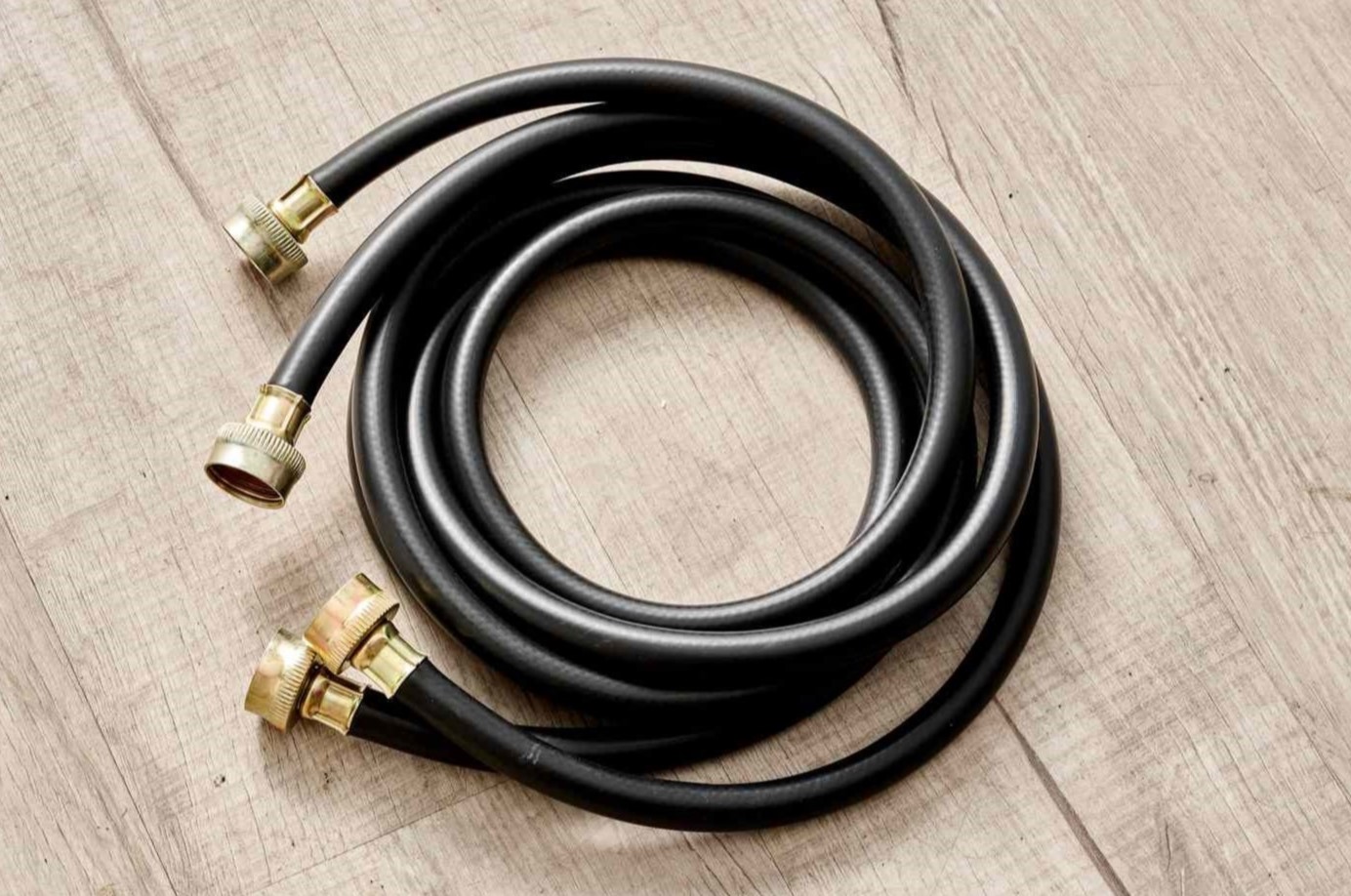

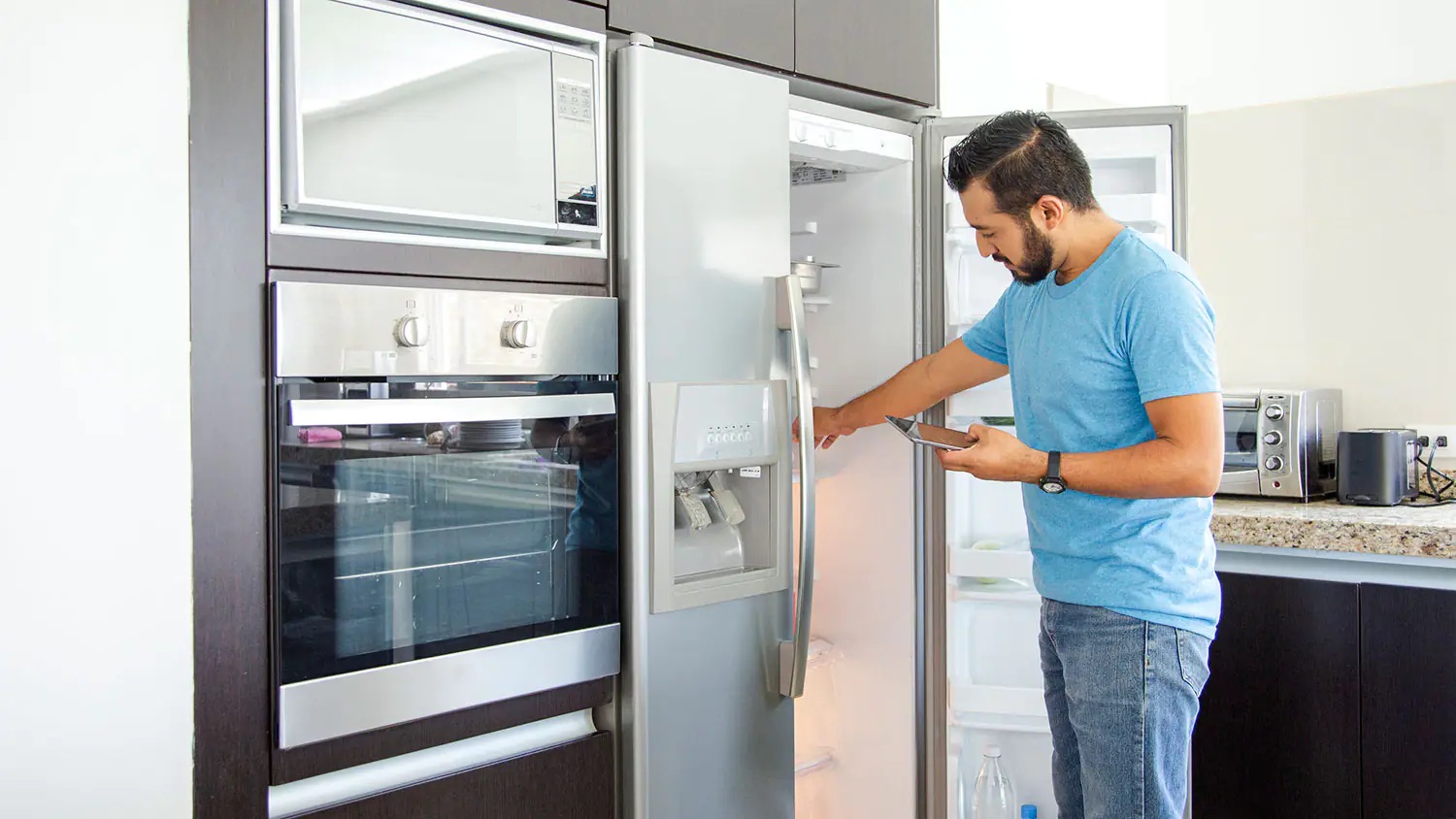

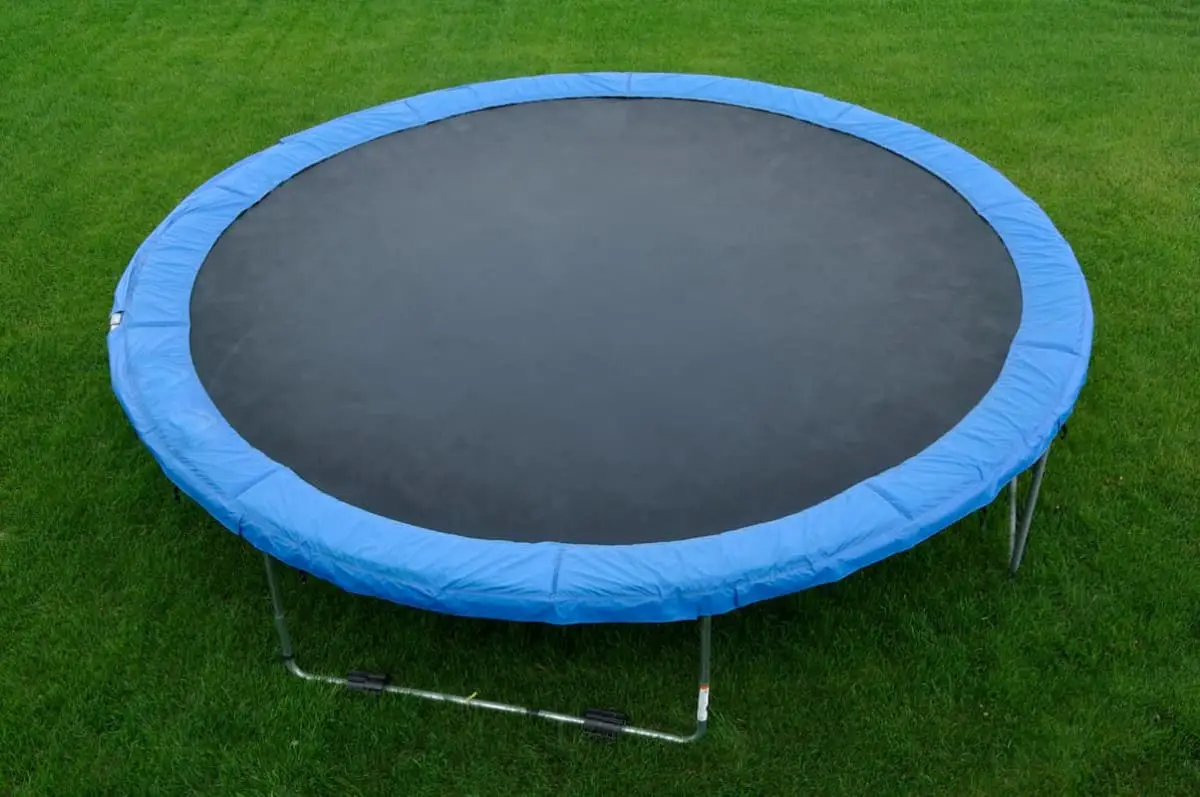
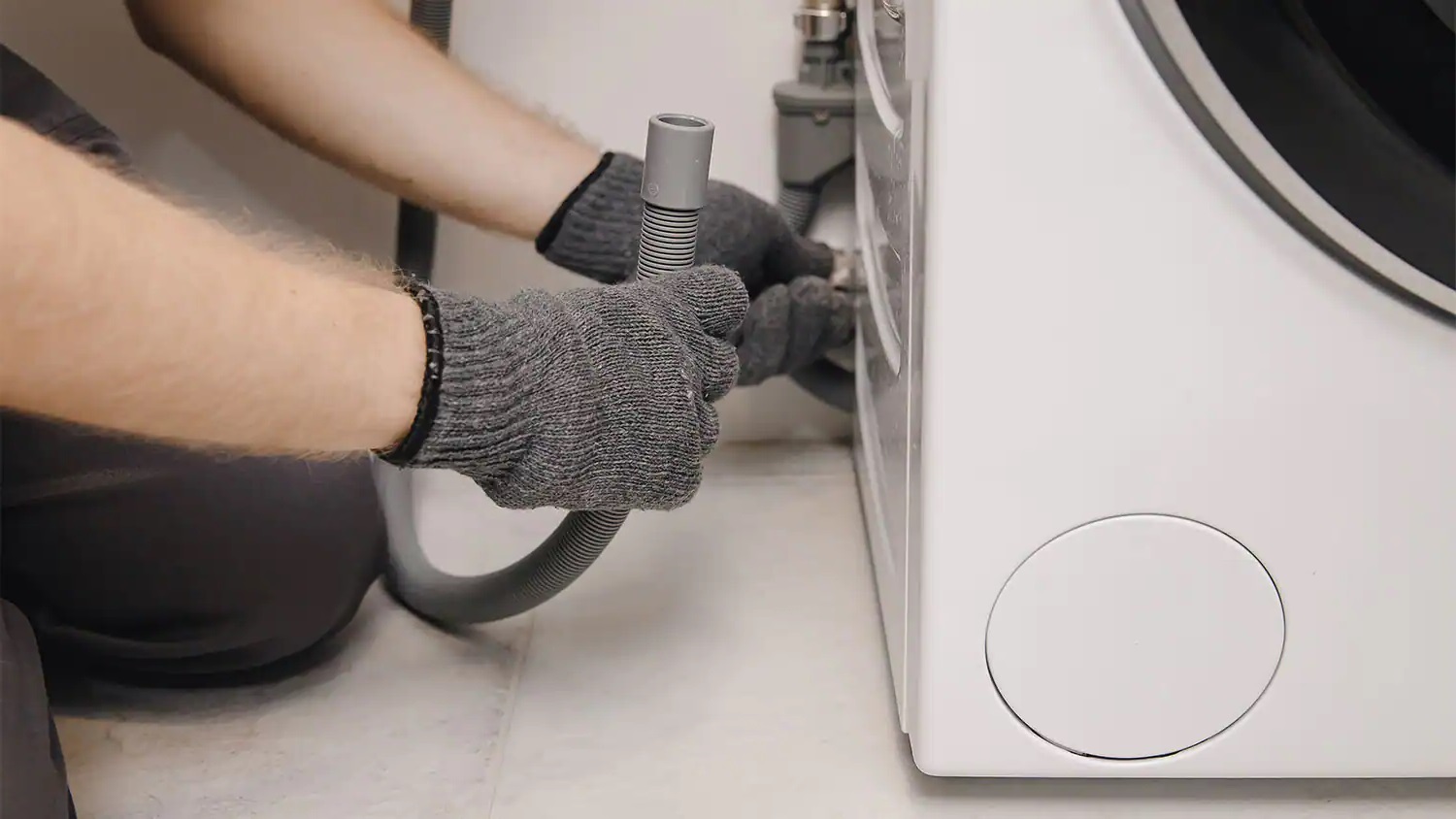

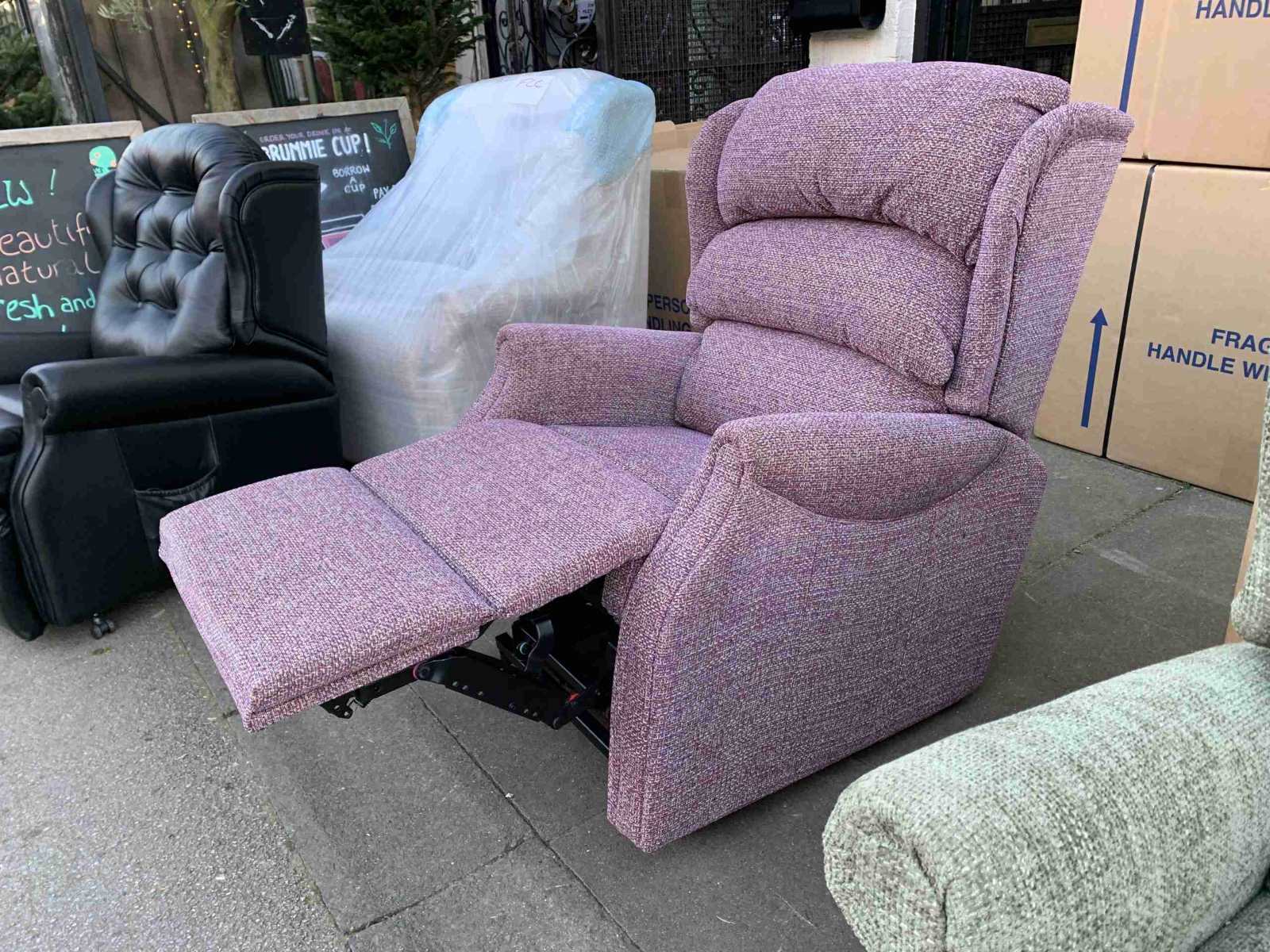

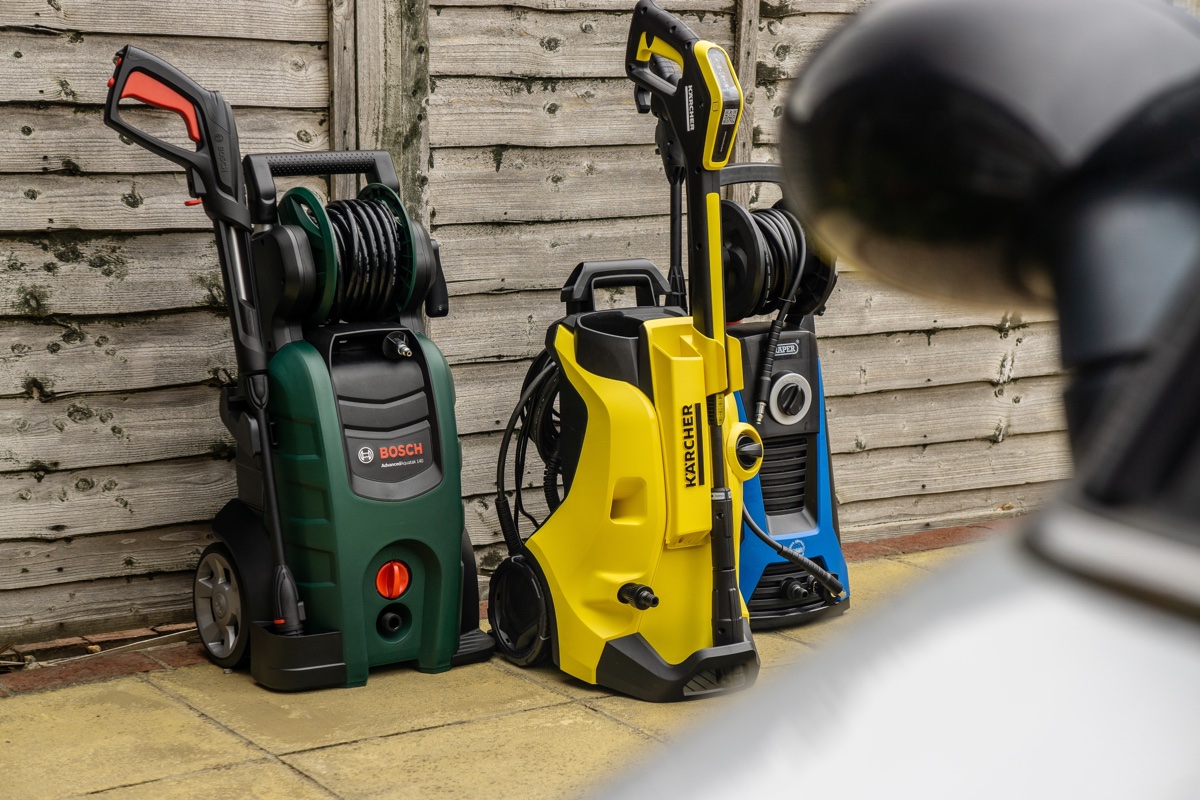


0 thoughts on “What Is The Standard Washing Machine Size”